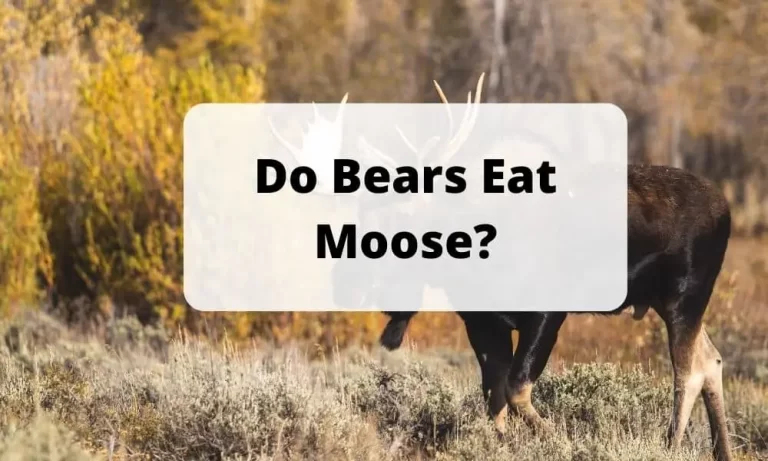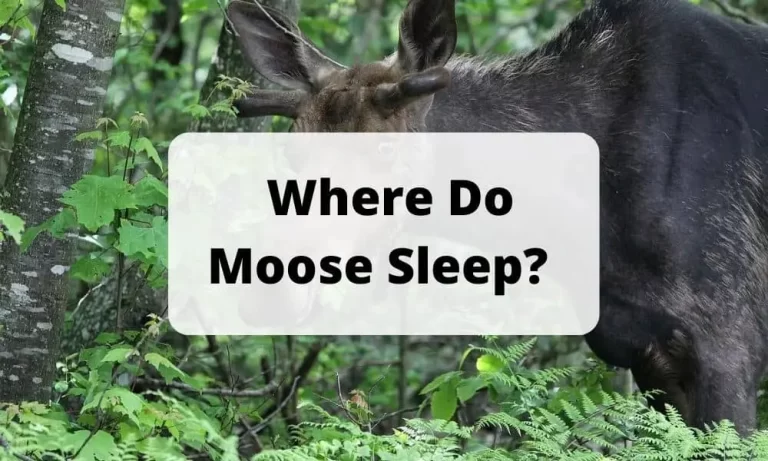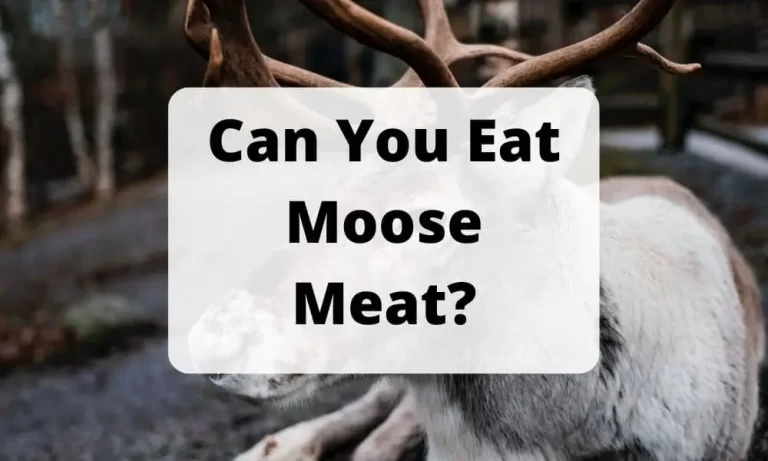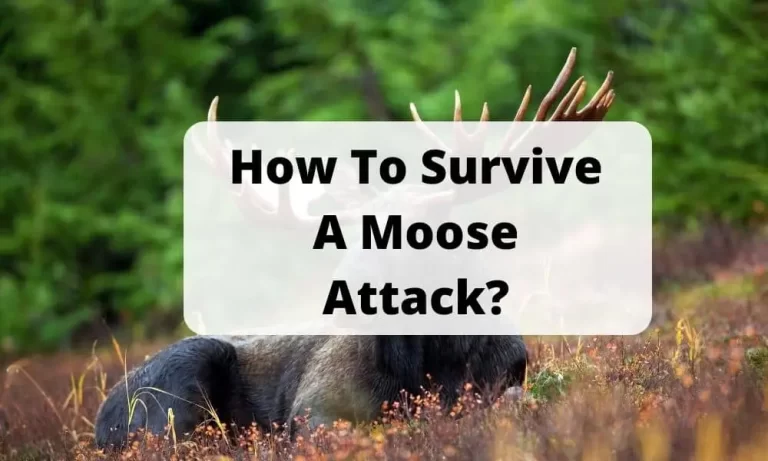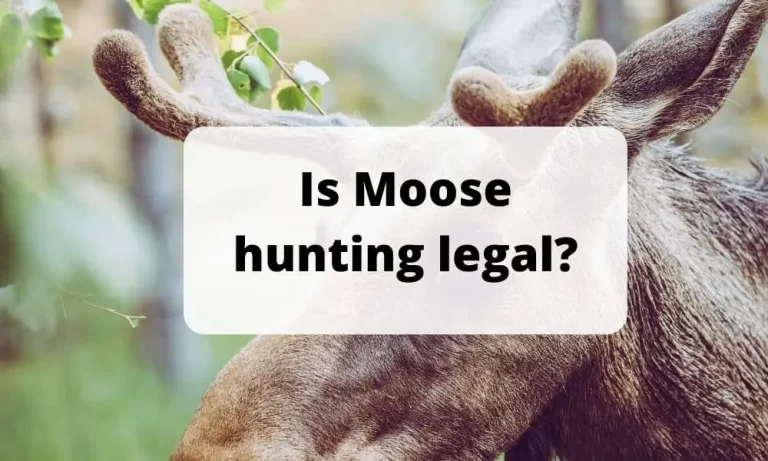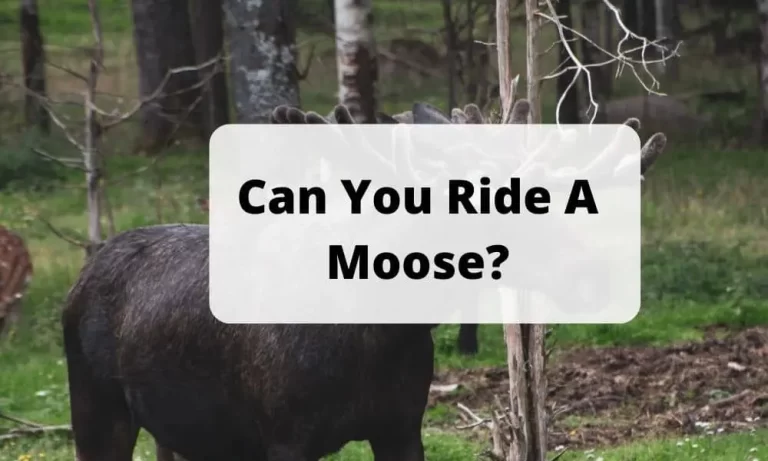Do Moose Have Ivory Teeth? Learn The Truth Here!
Moose are the largest species of the deer family, having a tall size of up to seven feet, and are the tallest mammals in North America. They are identified with their vast antlers that can be six feet wide. Moose are herbivore animals that don’t have ivory teeth. They have a proper set of teeth that help them chew food properly. [acf field=”Schema”]
Today, we will discuss moose teeth and give you a brief answer to your question; do moose have ivory teeth? If you want to know more about moose teeth, read this article till the end.
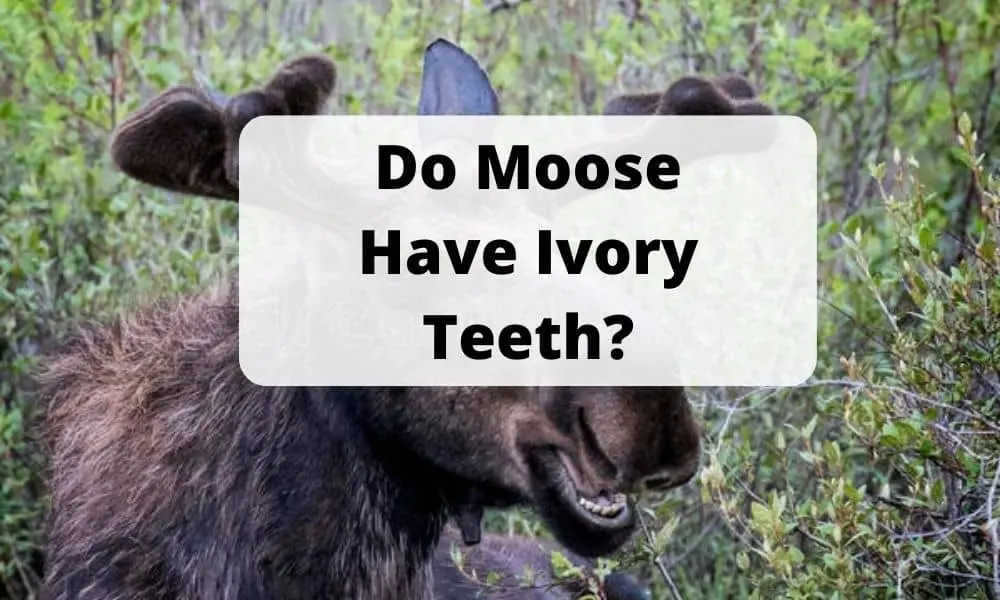
What Kind Of Teeth Does Moose Have?
Moose don’t have ivory teeth; instead, they have proper teeth consisting of front and back teeth having different functions. Their teeth are divided into two parts one is front while the other is back. The front teeth are incisors that help collect food, mainly picking up. The back teeth, also known as molars and premolars, are used to chew food picked by incisors.
Moose Teeth Anatomy
Moose is a herbivore animal that eats shrubs, twigs, plants, and some aquatic plants. To chew their food, they have special teeth that are divided into two groups. The front teeth are called incisors and the back teeth are called molars and premolars. There’s even a space between the incisors and molars! Moose only have lower incisors because they don’t have any upper incisors.
There are 32 teeth in their mouth, among which 24 are present at the back as 12 of them are molars, and 12 are premolars. While 6 are incisors present at the front while 2 are canines. Incisors collect food, and back teeth grind them so their stomach will digest them easily. Like other deers, they have microorganisms in their gut that help them digest food.
What Are Moose Teeth Made OF?
Moose’s teeth are made of dentine, the same material that other teeth are composed of. The only things that make them rare are their elongation and use.
Are Moose Teeth Sharp?
Moose front teeth or incisors are sharp, which helps them to pick food, break twigs and wood branches. These sharp teeth help them in winters when they can’t find soft fluffy grass to eat, due to which they consume twigs. An average female moose of 1000 pounds needs 10 pounds of food every day, so their sharp teeth help them eat twigs in winter.
Do Moose Lose Teeth?
Yes, moose lose teeth with time; their teeth are worn out, leading to losing them. As this happens, moose can eat properly; food intake reduces significantly, which causes numerous other problems, mainly fatigue—the chances of getting the infection in their teeth increases.
Can We Determine Moose Age By Looking At Their Teeth?
Did you know that you can tell how old a moose is just by looking at their teeth? It’s true! If you look at the moose’s front teeth, you can see how old they are. And if you look at their back teeth, you can tell how much older they are! The moose teeth wear out as they get older, which is a great way to figure out how old they are.
You can find their age by looking at the canines, but it’s only done in the laboratories. For this, you’ll have to remove the canine tooth from the jaw and determine the age by counting the cementum’s layers. This was done to identify ancient moose’s age with fossils discovered.
Difference Between Ivory And Teeth
Ivory is a hard creamy substance that makes the tusk and comes out of the mouth like in animals and is used for numerous purposes as they are much more valuable. Teeth are small and made of dentine, while the outer covering is the enamel that makes it the most rigid structure. Ivory is usually a type of tooth that is prolonged and rigid, creating a unique structure.
Read More About: Are Moose Dangerous?
Do Elks Have Ivory Teeth?
Elks possess ivory teeth as two of their upper canines are elongated, making them ivory. Elks are the only North American animals that have ivory teeth. We can’t recognise them because they are hidden in the upper jaw. Elks’ front teeth are also referred to as “buglers, eye teeth, or whistlers.”
Do The Members Of The Deer Family Have Ivory Teeth?
In deers, the upper canine increases in length, making ivory teeth. Mainly elks have ivory teeth from the deer family. Red Stags, Musk Deers, Chinese Water Deers and Muntjacs (known as barking deer) also have ivory-like teeth.
What Kind Of Animals Have Ivory teeth?
The most commonly known animals with ivory teeth are elephants, but other less widely known animals with ivory teeth are walrus, hippopotamus, warthog, and sperm whale.
Final Words
Moose don’t have ivory teeth; instead, they have regular small teeth, but elks belonging to the same family have ivory teeth because of evolution. Moose’s tooth consist of incisors, molars and premolars that help them chew food correctly.
Other Posts:
